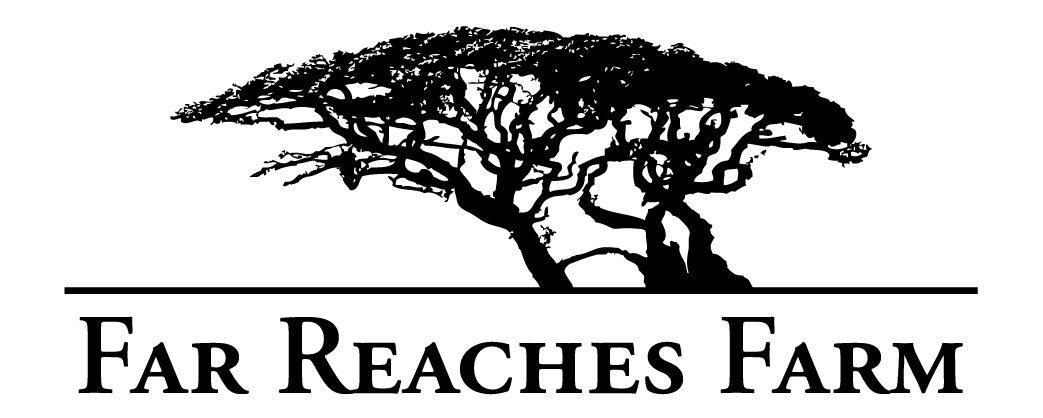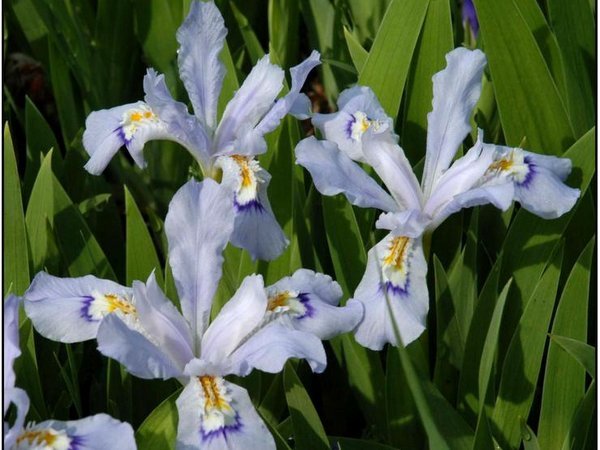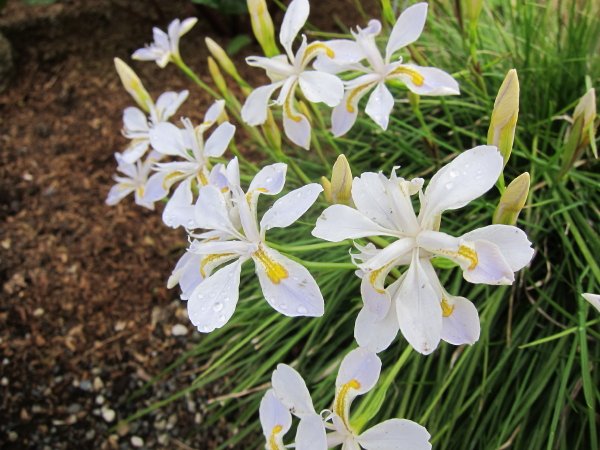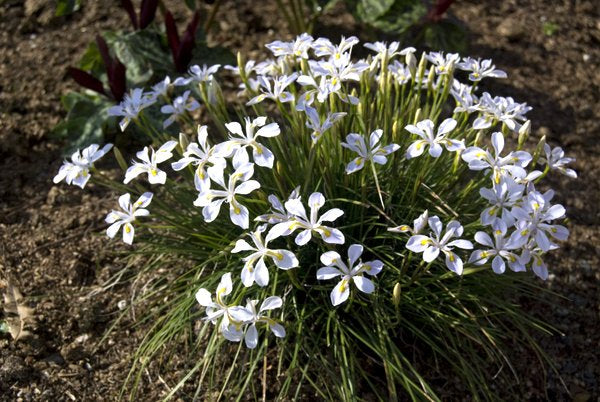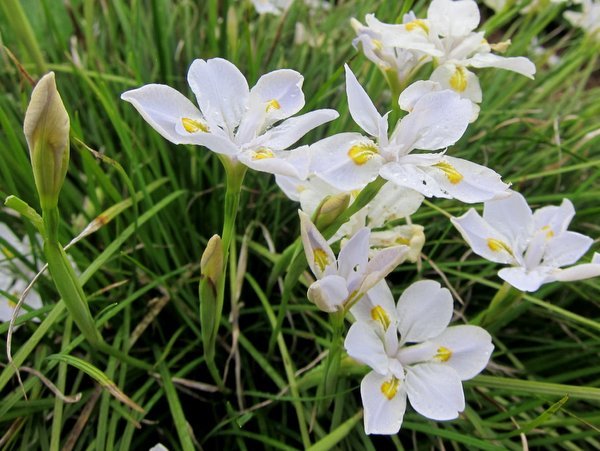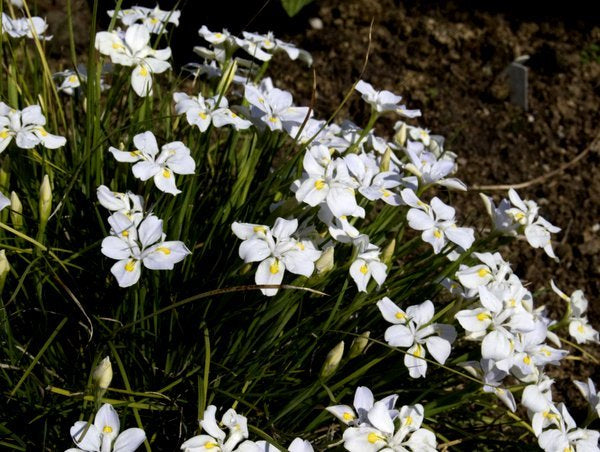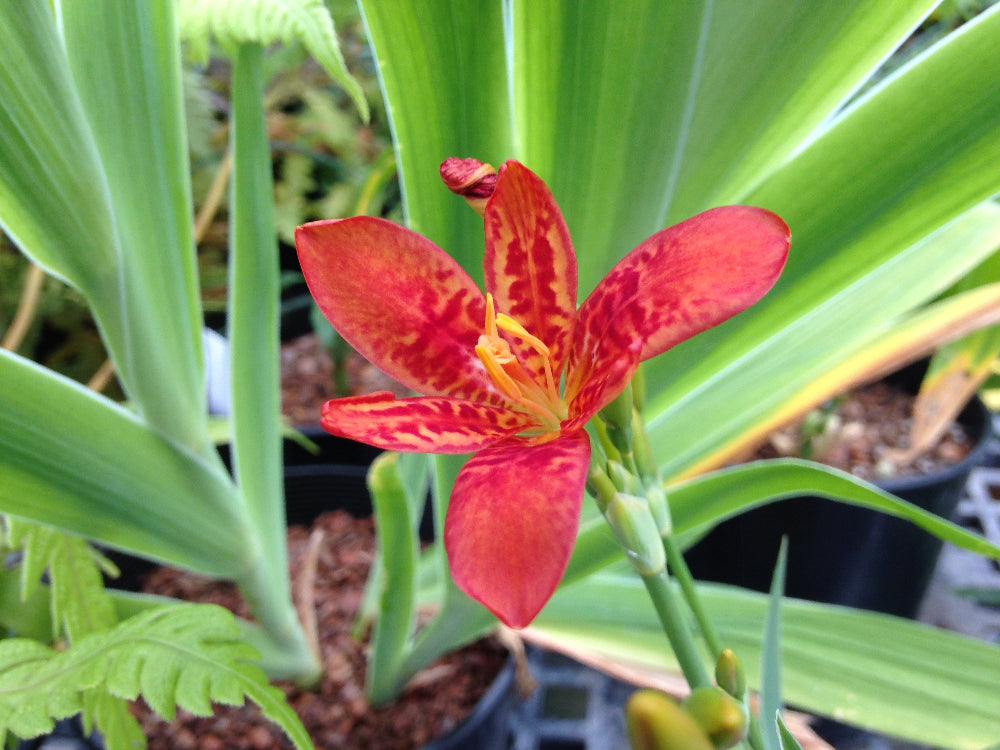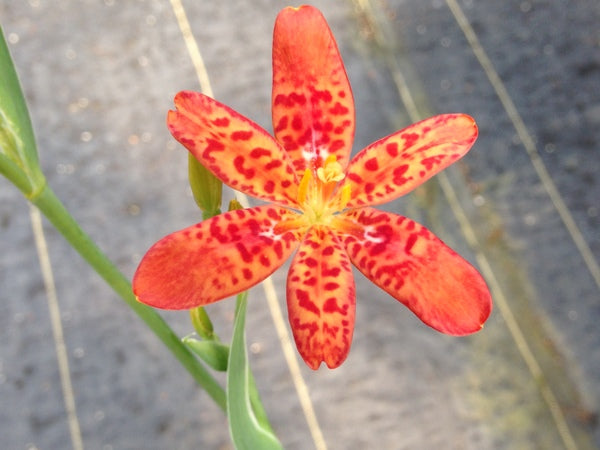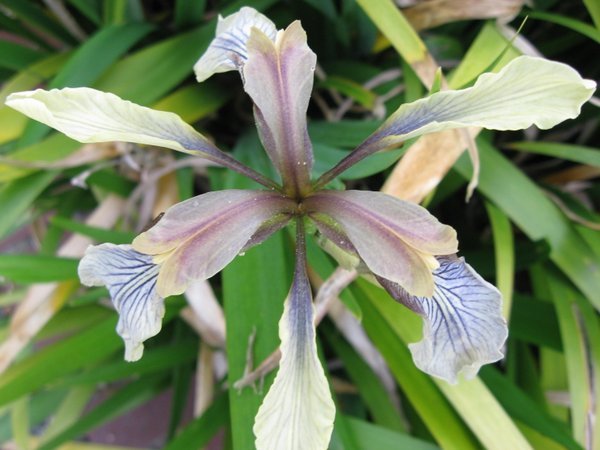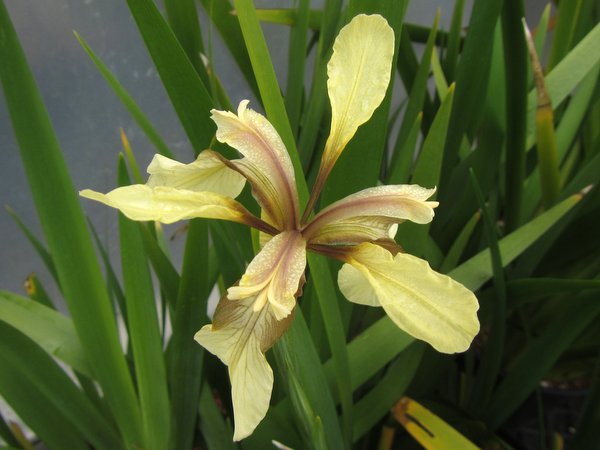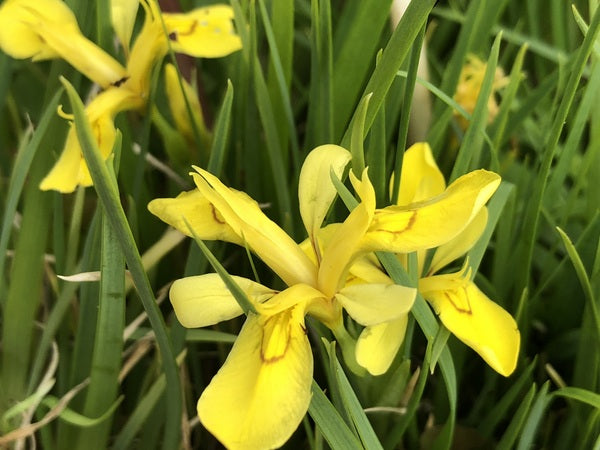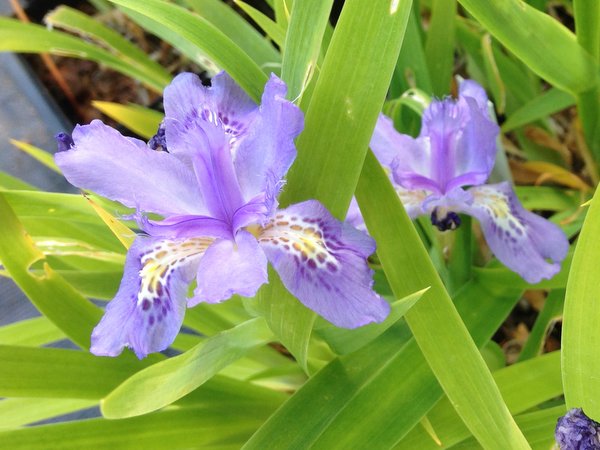Sort by:
1775 products
1775 products
It's a well-known fact of life that miniature means cute. And this widdle-bitty Iris hits all the same dopamine and oxytocin receptors longing for the long forgotten taste of that sweet sweet brain candy we shoveled in so naively as children. Nurseryman Darrell Probst clearly has an eye for the adorable, as this unique selection of an already extremely rare and choice iris sports pale flowers of only about 1.5" amidst fine grassy evergreen foliage.
Very rare collectible and delectable Iris from China introduced by Darrell Probst. This Iris is seldom available and is one of the stars in our shade garden. This particular clone has slightly larger flowers that are white without any blue shading. Makes an evergreen fine grassy mound. Best in light shade or part sun. Slow growing and totally rules when mature.
This clone of this fabulous Iris introduced by Darrell Probst is one of our favorite plants of all time. Very fine grassy foliage making a large lax dense mound that is festooned with small white jewels of flowers. It won't happen overnight, but give this a few years and you will have some serious bragging rights. Not that we ever concern ourselves with things like that...
Previously identified as Iris henryi, our friend the great plantsman Darrell Probst, gave us two clones of his introduction of this fantastic species. They thrived in our shade garden making dense mounds of very thin leaves with copious flowers. One April in our shade garden, we found ourselves enjoying the two clones in flowers and realized that we were getting that familiar urge to procreate. What was most unusual was that we actually had time to do something about it (April in the nursery business is work-eat-sleep-repeat) so we went all carpe stamen and plucked the anthers and crossed the two clones. Here is the result and these plants along with the memories of that wanton, aberrant April, sustains us each spring.
Blackberry Lily. Our collection of this extremely widespread Asian species which not only has attractive deep orange flowers that are overlaid in a plethora of red spots but also the seed is curiously attractive looking for all the world like a large blackberry. This has wide application in traditional Chinese medicine and our collection is likely an escapee from the local mountain village.
These are seedlings from some of our selected varieties of this European iris which is stinkin' good like a fine Camembert rather than stinking like overripe gym socks. We haven't flowered or fruited this but we have varieties with purple flowers and yellow highlights as well as yellow with purple highlights, the very showy fruit can be shades of orange or white. Whatever you get will have nice broad evergreen leaves and a long season of interest on a tough and reliable plant!
An interesting version of this valuable evergreen Iris which has light lemon flowers instead of the typical uninspiring dull lavender mauve. The flowers are really just a teaser for the main show which is the big seed pods spitting open in late summer and fall showing brilliant red -orange seeds. Excellent evergreen foliage.
Primo little collector's Iris with charming white flowers - smaller than the more frequently encountered 'Alba' - over dense mounds of fine-bladed foliage. It's graceful appearance hides a tough core and an implacable perseverance that has kept it in our collection for over two decades. A Japanese deciduous species preferring light shade or part sun. This is a good one.
Found growing along coastal Maine and up the eastern Canadian seaboard, this was known as the dwarf form of I. setosa but is now regarded as a distinct species. Favoring moist places but adapting very well to average garden conditions, this is best described in the most rigorous of botanical terms as "Cute". Very hardy.
A floriferous and perhaps hardier selection with a bit larger flowers than usual by the late Don Jacobs of Eco-Gardens in Georgia. Don was one of the first nurserymen to get into China in 1983 as the bamboo curtain was lifting. It is hard not to like the soft lavender-blue flowers with darker spotting around the white band surrounding the yellow thumbprint. Light shade.
Iris maven Carla Lankow shared this nice form with us which is smaller in stature than most of its counterparts and has very prominent violet staining to the base of the leaves which is a most attractive feature and more pronounced than other clones we grow. Small blue flowers with a yellow thumbprint on the falls that are quite charming and have an orchid-like quality to them. This is evergreen and prefers a partly shaded to shaded position in moist soil that doesn't waterlog. Hardy through zone 7 and has been grown with coddling and judicious use of microclimates in zone 6 and even zone 5 although in the latter, it is a grudging survival.
Selected from Darrell Probst's collection in South Korea, this puts on a show being especially free with flaunting its floral wares. Yellow flowers in such quantity over the low grassy foliage in May that on a cool day it seems like you could warm your hands on them. A rewarding semi-evergreen small patch in part sun to bright shade.
Seed-grown from a collection by Daniel Winkler near Chonye on the Tibetan Plateau. Widely distributed in Asia and throughout the various 'stans, this remains oddly rare in commerce and is not often cultivated. Thanks to Fran Hawk for flowering and identifying this collection before ours bloomed! Narrow pale lavender tinted falls with soft blue-ish standards.
A lesser-known cousin to the better-known Iris unguicularis. This is a Turkish species and while it blooms a bit later than it's famed cousin, is still early enough to be immensely gratifying plus it has hands down far more attractive evergreen foliage than I. unguicularis. We had a flower or two this past December but expect it to really kick in when March roll around. The flowers are held down in the foliage and often this foliage is cut pack prior to flowering so the blooms can be enjoyed unencumbered. We've never gotten around to do that and our enjoyment has not been diminished one whit Easy with drainage and will take some summer dry. We've found the foliage looks better in part shade and actually grow this in our shade garden.
Dark-flowered form from a wild collection in Turkey. The typical form cultivated in the Northwest is a soft blue lavender but this is a rich blue purple with falls marked at the base with prominent white feathers around a peninsula of yellow. Closely allied to Iris unguicularis, this has wider more substantial foliage and flowers later - usually in March here. Special indeed!
Seed collected at 3200 meters in Sichuan in an open grazed small meadow area adjoining low scrub. Tightly clumping, deciduous and allied to Iris japonica but is something totally new. Small blue flowers are laddered down the stems in the leaf axils. This has baffled some of the top authorities on Chinese Iris both here in the US and in the UK which quite honestly makes us very happy. Nothing like introducing a species nova to quicken the pulse! We expect this to be hardier than the zone 6 we are giving it but are being our usual conservative selves until we learn differently from those of you who will try this in colder zones.
Young plants from seed collected in Mendocino County by botanist Alex Wright. This species has the all the charms inherent to Pacific Coast Iris along with their legendary variability in color among populations. This was not seen in flower but we can pin it down for you. Blue, cream, white or yellow and shades between.
